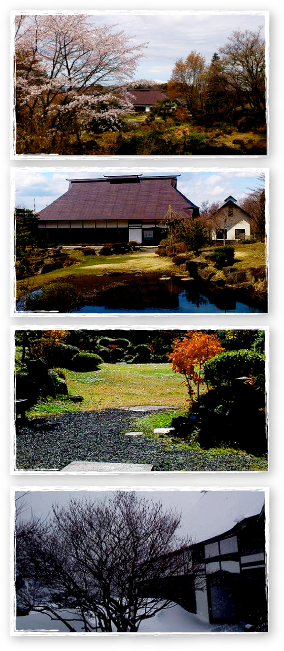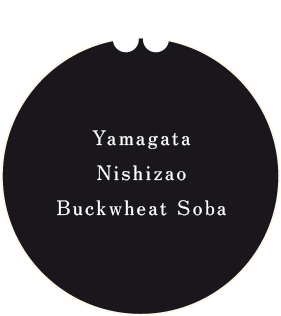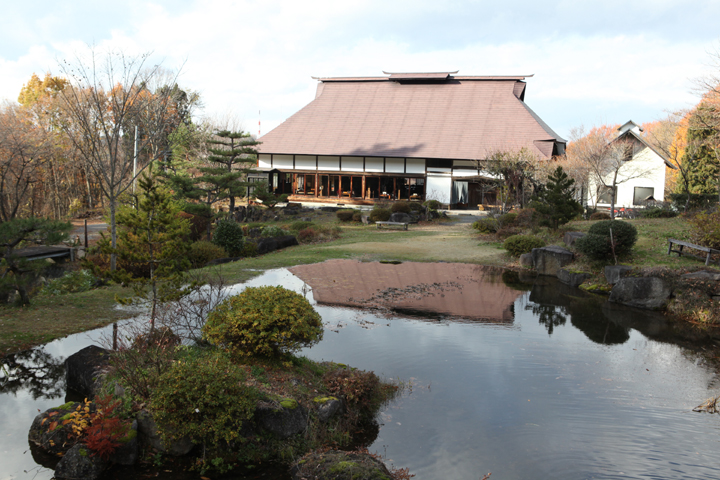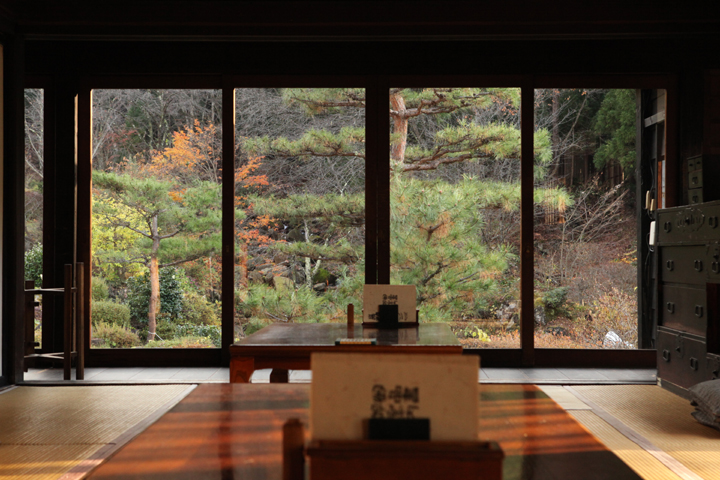What is San-Byaku-Bou?
In 708 AD, The Buddhist monk Gyoki proposed that Ryu-zan was “The mountain where the soul of Buddha dwells'' and built Kannon-Do (Kannon hall) as a place of worship at Shaku-Gyou Temple in the Iwanami area.
In 853 AD, Jikaku Daishi erected the Dai-Kan-Non statue at Ryu-zan, establishing a new temple.
Ryu-zan (formally Ryu-zan-ji) would become the largest Buddhist training ground in the Michinoku region, now known as Tohoku,
Due to the popularity of Ryu-zan, in 1258AD the Kamakura Shogunate ordered the closure of the mountain, bringing it to an end.
It is said that at this time, the mountain region could accommodate up to 300 monks, either individually or possibly in larger shared accommodation.
This is where the name San-Byaku-Bou (The Three Hundred Monks) originates.
He wrote the following 和歌(Waka) poem during his visit:
たぐひなき おもいいではのさくらかな、うすくれなゐの花のにほいは
In this he describes the incomparable beauty of the region’s cherry blossoms and how they left him with a lasting impression.
It is considered to be one of the best pieces of poetic literature on the subject of cherry blossoms.
Soba noodles will naturally change in fragrance
and flavor due to the harsh and gentle seasons of
the Nishizao region


The four seasons of Nishizao
Springbegins with cherry blossoms.
Summerbrings greenery, hydrangeas, and the babbling of mountain streams.
Autumnbronze and gold leaves against clear blue skies.
Winterbecomes an ink painting, a world of silence.
About the building today
The Kobayashi family is currently in its 19th generation and is a long-established family in Japan. The family has served the region and accommodated officials for over 550 years which included three generations of shoguns.
The structure was disassembled by Mr. Tsuchiya and relocated in 1972 from Katsuoe, Oe-machi in the Yamagata Prefecture.
The old plum tree in front of the building today was also moved here during this time.
Normally, the lifespan of a plum tree is about 250 years. However, this tree is thought to be approximately 430 years old, making it one of the oldest trees in Japan.
In addition, when landscaping the surrounding 10,000ms garden, Zao stones were transported along the old Echo Line route.
Spring begins as the old plum trees begin to blossom, followed by more than a dozen cherry blossom trees scattered around the mountain, azaleas and urajiro ferns add a touch of color throughout.
Summer brings fresh greenery along with hydrangeas and the sound of murmuring mountain streams.
In autumn, the bronze and golden leaves contrast against the clear blue skies.
In winter, the world becomes an ink painting that turns silent as sounds disappear into snow.







